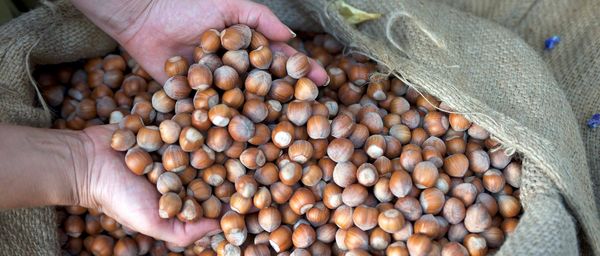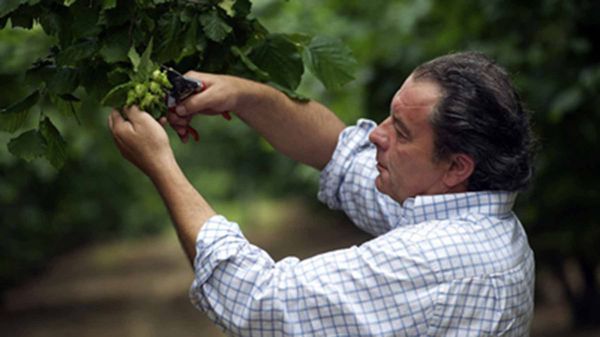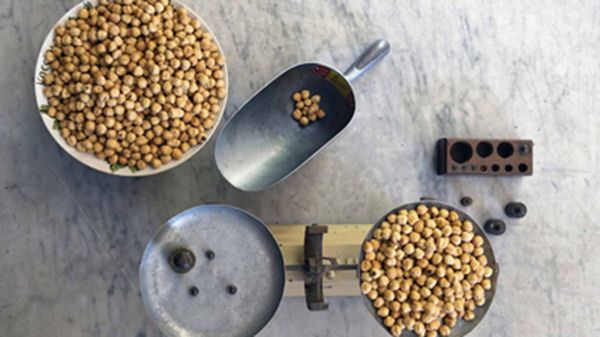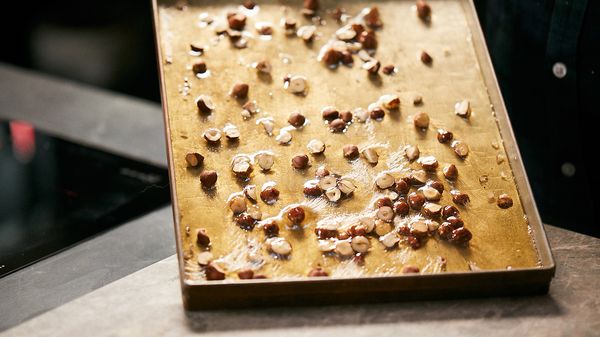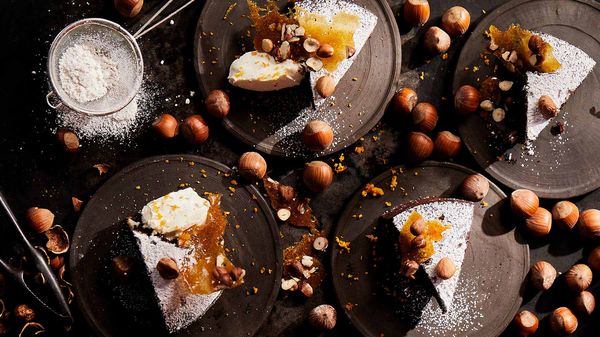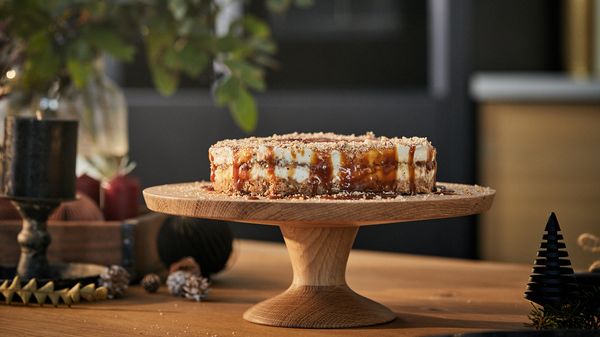José Noé’S Hazelnut Business Has Been In His Family For Generations. We Talk To One Of The Best Sustainable Producers In The Industry.
José Noé could spend hours waxing lyrical about the cultivation and processing of his nocciole. In his mid-fifties and sporting salt-and-pepper hair, the quality of his hazelnuts is more than a passion to him: it’s a vocation. The Papa dei Boschi estate in the village of Lequio Berria in Piedmont has been in his family for generations. And hazelnuts are part of the region’s identity. When José Noé took over the production from his parents fifteen years ago, he brought all his experience to the job – experience that included, among other things, time spent as a technical director at Ferrero. He modernised the company and developed his own business philosophy: while his parents and grandparents had sold the nuts wholesale without prior treatment, he would process and refine them first. The exceptional quality of his products has launched him into the Champions League of nut producers, and his success reflects the international reputation of his delicious, roasted organic hazelnuts.
